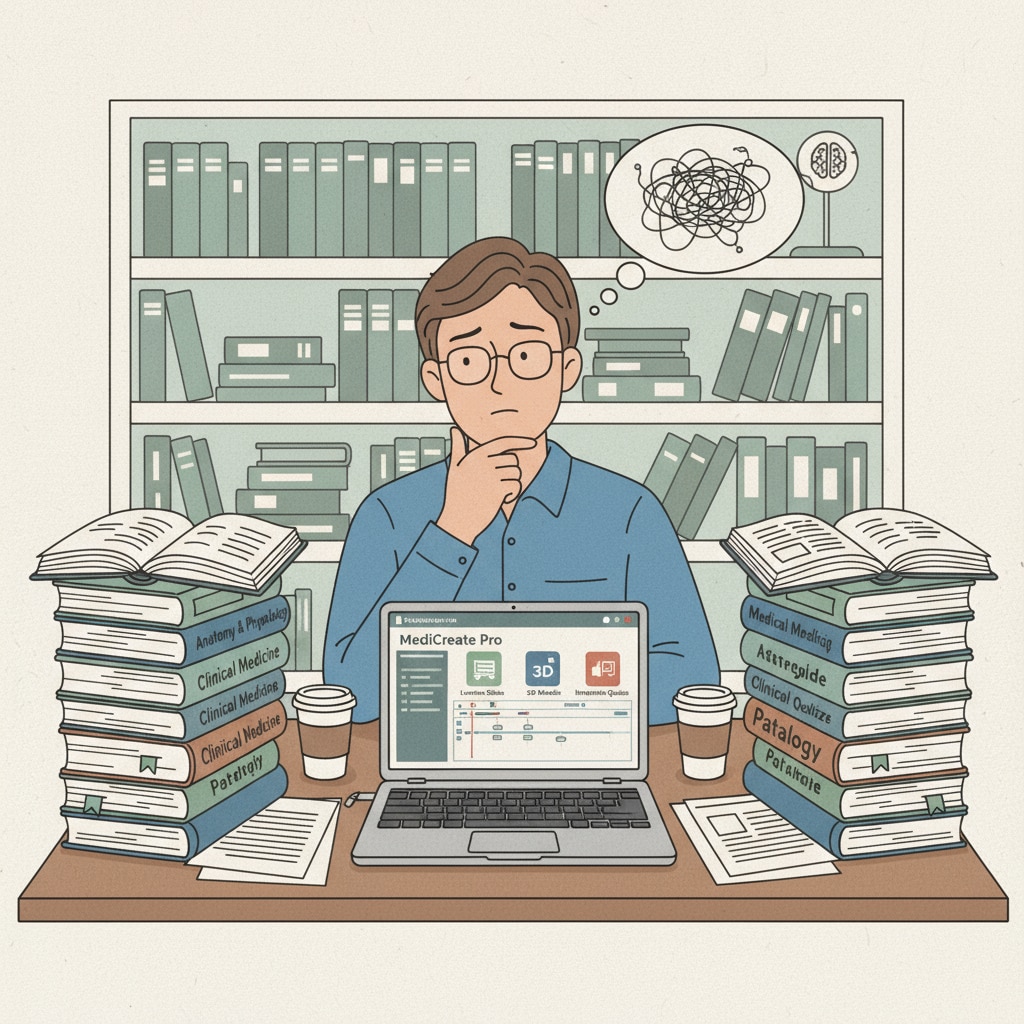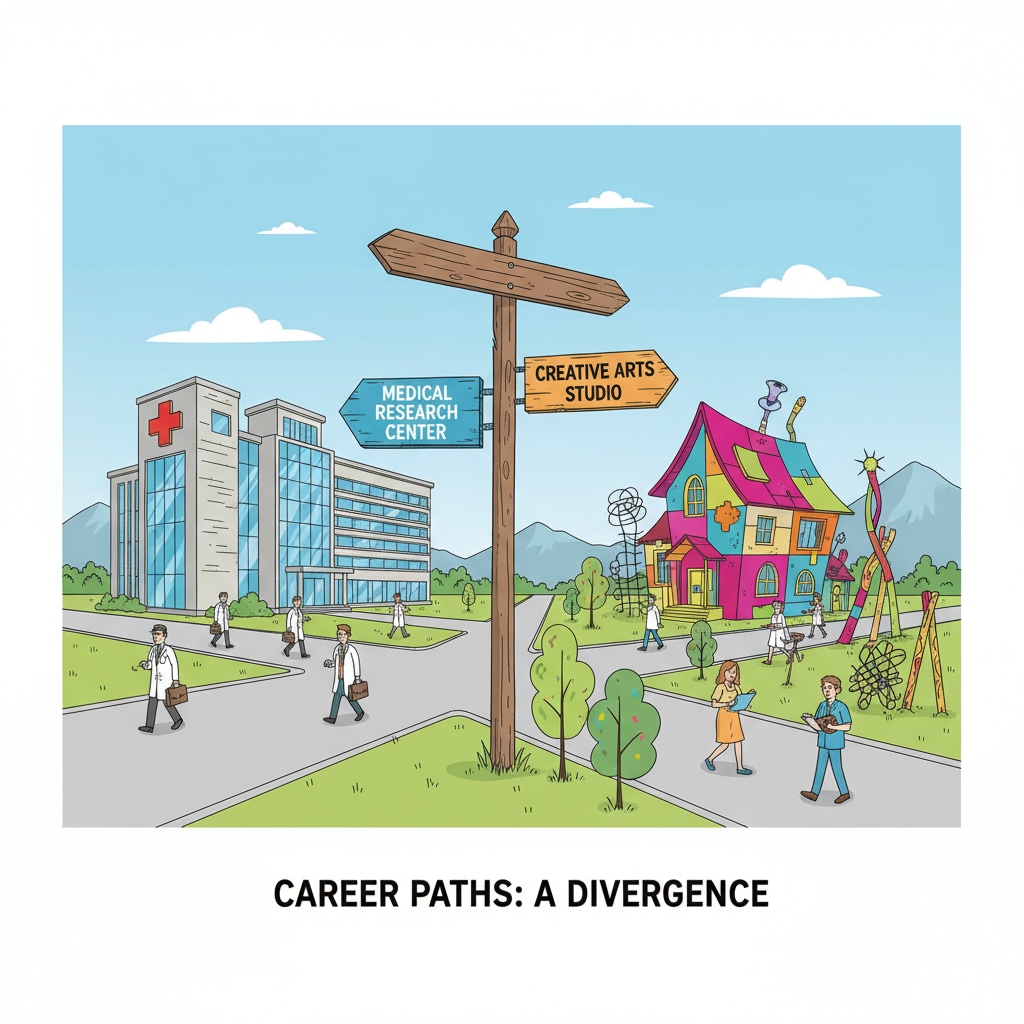Career planning, physical therapy, and content creation are three aspects that often intertwine in the complex journey of making educational and career decisions. For many young individuals, the path to a fulfilling career is filled with uncertainties and unexpected turns. Take, for example, the case of a young person who made the bold decision to abandon a medical degree in pursuit of content creation. This story not only highlights the individual’s courage but also brings to light the broader issues in the educational system regarding career guidance.

The Crossroads of Career Decisions
Career decisions are not made in a vacuum. They are influenced by a multitude of factors, including personal interests, family expectations, and the educational opportunities available. In the case of our protagonist, the initial choice of a medical degree was perhaps influenced by the perceived stability and prestige associated with the medical profession. However, as time went on, a passion for content creation began to surface.
This realization led to a difficult decision. Abandoning a medical degree is no small feat, considering the time, effort, and financial investment already made. It requires a great deal of courage to step away from a seemingly secure path and venture into the unknown territory of content creation.

The Impact of K12 Vocational Education
The lack of comprehensive vocational education in the K12 stage plays a significant role in these types of career dilemmas. During this crucial period of development, students are often focused on academic subjects with little exposure to real-world career options. As a result, they may make hasty decisions about their future based on limited information.
According to Britannica, a well-rounded vocational education system in K12 can help students explore different career paths, understand their strengths and interests, and make more informed decisions. Without this foundation, students may find themselves ill-prepared when faced with the need to choose a major in college or pursue a particular career.
For instance, if our protagonist had been exposed to content creation as a viable career option during their K12 years, they might have made a different choice from the start or at least been better equipped to handle the transition later on.
Building a Comprehensive Career Exploration System
To address these issues, it is essential to build a more comprehensive career exploration system. This system should start in the early stages of education and continue throughout a person’s academic journey.
Firstly, schools should incorporate more vocational courses and hands-on experiences into the curriculum. This could include internships, job shadowing, and guest lectures from professionals in various fields. By doing so, students can gain a firsthand understanding of different careers and what they entail.
Secondly, career counseling services should be enhanced. Trained counselors can help students assess their interests, skills, and values and guide them towards suitable career paths. As stated on Wikipedia, effective career counseling can make a significant difference in a student’s decision-making process.
Finally, parents and society also have a role to play. Parents should encourage their children to explore their interests and support their career choices, rather than imposing their own expectations. Society, on the other hand, should promote a more diverse range of career options and reduce the stigma associated with non-traditional careers.
In conclusion, the story of someone who gave up a medical degree for content creation serves as a wake-up call. It highlights the importance of proper career planning, the impact of K12 vocational education, and the need for a more comprehensive career exploration system. By taking these steps, we can help young people make more confident and informed career decisions, whether it involves physical therapy, content creation, or any other field.
Readability guidance: This article uses short paragraphs and lists to summarize key points. Each H2 section provides a clear perspective on the related topic. The proportion of passive voice and long sentences is controlled, and transition words are scattered throughout the text to enhance readability.


